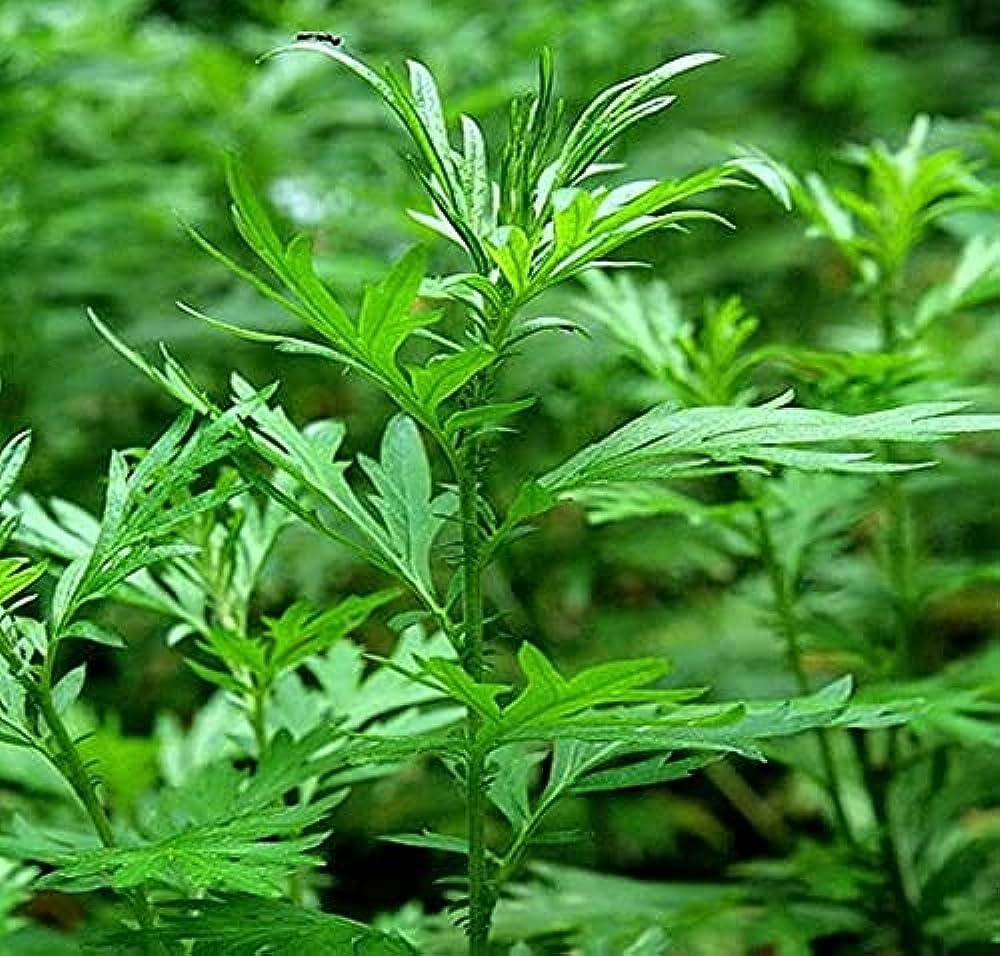Artemisia, a diverse genus of flowering plants, holds a captivating history and an array of uses that span from ancient medicine to modern research. These plants, often known as sagebrush or wormwood, have intrigued botanists, herbalists, and scientists for centuries. Here are five fascinating facts about Artemisia:
1. Rich Medicinal Traditions:
Artemisia has a longstanding role in traditional medicine across cultures. One of its most famous uses is in the production of absinthe, a potent alcoholic beverage infused with Artemisia absinthium, or wormwood. Moreover, the plant has a history of being used to treat various ailments, including digestive issues, fever, and even malaria. Artemisinin, a compound derived from Artemisia annua, has shown remarkable efficacy against malaria parasites, earning the discoverer a Nobel Prize in Physiology or Medicine in 2015.
2. Biodiversity Powerhouse: The Artemisia genus boasts an astonishing diversity, with over 500 recognized species. These plants can be found in a range of ecosystems, from arid deserts to alpine meadows. Their adaptability to various environments has made them essential components of many ecosystems, providing habitat, food, and shelter to numerous animal species.
3. Culinary and Aromatic Uses: Artemisia species have culinary significance as well. Tarragon (Artemisia dracunculus) is a classic herb in French cuisine, known for its distinct anise-like flavor. It adds depth to dishes and sauces. Additionally, some cultures incorporate Artemisia leaves and flowers into teas, imparting a unique herbal aroma and potential health benefits.
4. Cultural and Mythological Significance: Artemisia holds cultural and mythological significance across different societies. The name is derived from Artemis, the Greek goddess of the hunt and wilderness. In Ancient Greek mythology, Artemis was a powerful and protective deity, reflecting the hardiness and resilience of the plants that bear her name. These plants have been used in rituals, ceremonies, and spiritual practices throughout history.
5. Recent Research and Applications: Modern science continues to unveil the potential of Artemisia plants. Researchers are exploring their bioactive compounds for a range of applications, from antimicrobial agents to anticancer treatments. The compounds found in various Artemisia species possess intriguing pharmacological properties that could lead to the development of new drugs and therapies.
In conclusion, Artemisia's multifaceted nature, from its historical importance in traditional medicine and mythology to its vital role in ecosystems and culinary arts, makes it a captivating subject of study. As researchers delve deeper into the biochemistry and applications of Artemisia plants, we are likely to unearth even more hidden wonders within this diverse genus. Whether used for healing, flavoring, or simply admiring their beauty, Artemisia remains a testament to the intricate relationship between humans and the botanical world.


